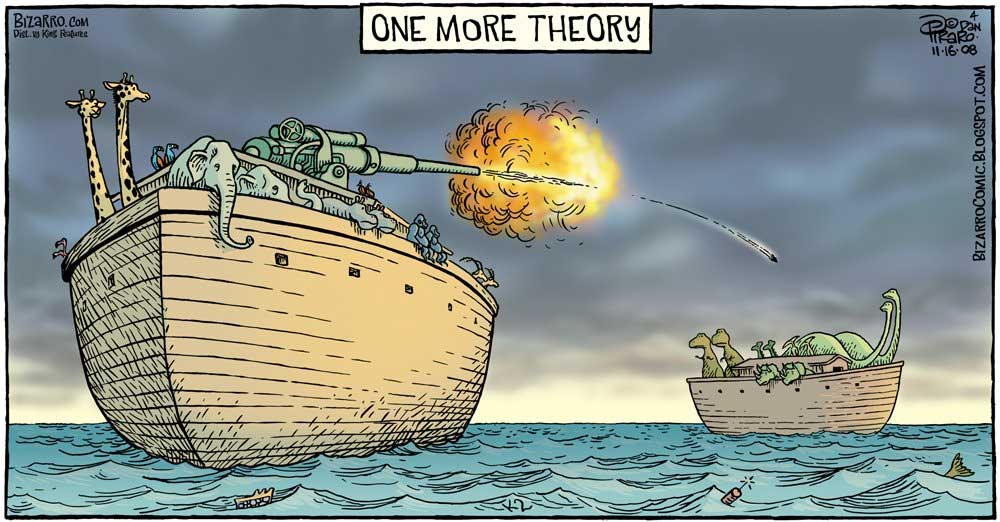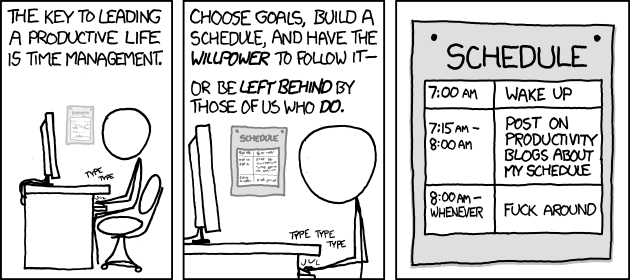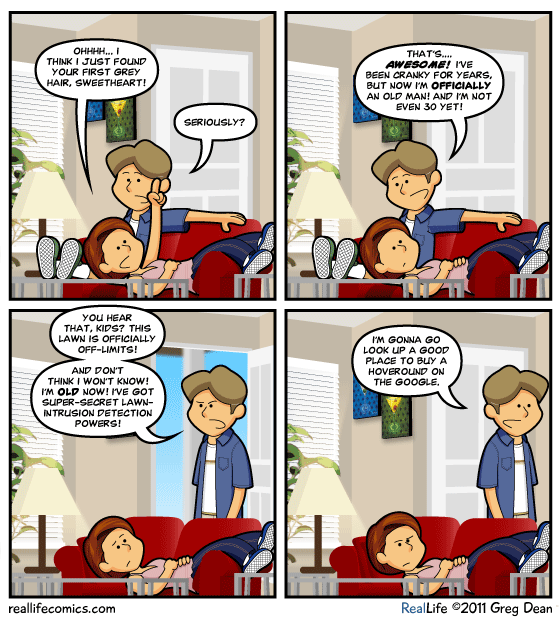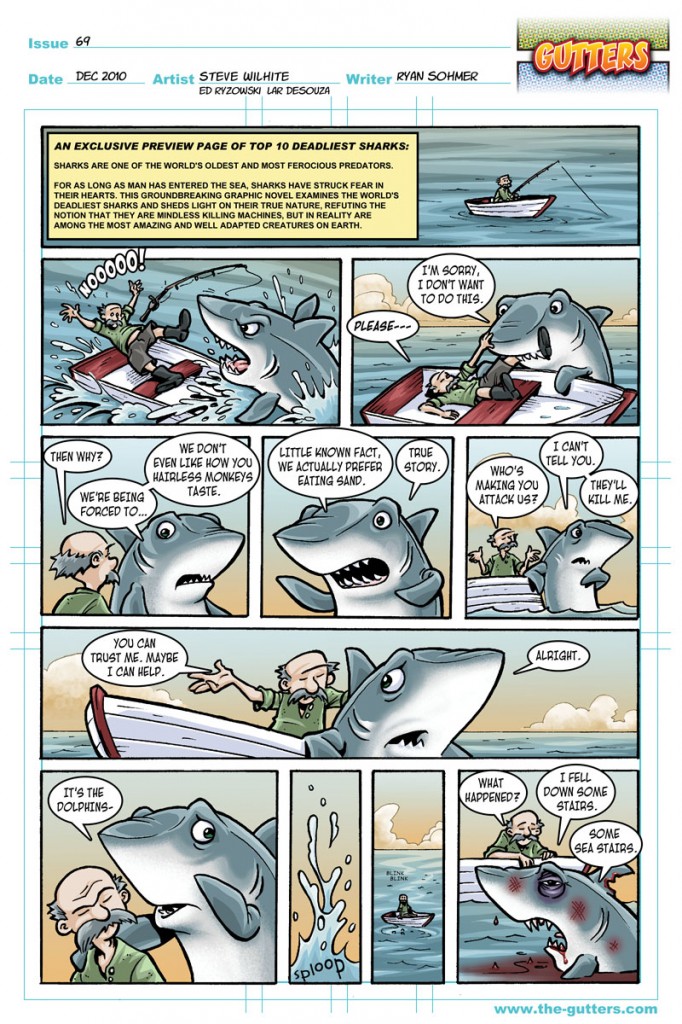“Commencing countdown, engines on…”
basketball, books, business and economy, comics and animation, Council for Better Driving, dining and cuisine, education, event, everyday glory, family and friends, games, geekery, health, history, LEGO and Rokenbok, movies and TV, music, politics and law, science and technology, space, Whiskey Tango Foxtrot...?! No Comments »It’s the second day of Spring. Here behind the Zion Curtain, it’s grey and drab… although the sun appears to be making some efforts at breaking through the clouds.
This past weekend was rather low-key, which wasn’t a bad thing. Saturday, I had breakfast with Chris before heading over to Dr. Volt’s, where I judged a HeroClix tournament. There was a good turnout, with nine players. As there was overlap between the last DC 75th event and the new Giant-Size X-Men release, I just combined the prize support for the winners. That seemed to go over fairly well. Saturday evening, SaraRules!’ parents and grandmother came over to visit for a bit. We capped off the evening watching Demolition Man; it had been many years since I had last seen it.
Sunday was another quiet day… or, at least, it started that way. Perry called in the late morning to elicit my help in moving some of his martial arts practice equipment. We headed over and chatted with Kate and him for a bit; then he and I set about the heavy lifting. After that, SaraRules! and I caught a matinee of Battle: Los Angeles. This movie’s been getting knocked around in the reviews, but it wasn’t all bad. In fact, it was decent. About halfway through the movie, I realized what it reminded me of: Independence Day. The only things missing were The Fresh Prince, The Fly and a virus-uploading MacBook. It was still a decent popcorn flick.
![]()
![]()
![]()
![]()
![]()
![]()
![]()
After the movie, we headed over to the in-laws’ for a belated St. Patrick’s Day dinner of corned beef and cabbage. SaraRules’ grandmother was in town, so we hung out with the family for a bit after dinner. Then it was back home for relaxing with DC Universe Online and a couple of episodes of Mad Men.
Stray Toasters
- Smithsonian to keep meteorite that fell in Virginia

- Diamond Comics’ Previews offered up this item: Adrianne Palicki Debuts as the New Wonder Woman
- Dear NBC, I Fixed It For You, by way of Derek H.
- Gains, and Drawbacks, for Female Professors
- Abortion Foes Target Family Planning Program

- Spectacular LEGO Reenactments of March Madness Classics
- And now, a moment of silence for the Boilermakers, who were knocked out of this year’s March Madness by VCU.
- AAP: Toddlers in rear-facing seat until 2
- Where the Music Still Roils in a Critical Mass

- Also from xkcd: Radiation Dose Chart, which is rather informative… and BIG!
- The Tragic Story of the Russian Cosmonaut Who Was Sent into Space Knowing He Would Die
- Cosmonaut Crashed to Earth ‘Crying in Rage’
- It’s kind of odd, but if you consider the first two paragraphs of the NPR account, you can find a similarity to the story told in David Bowie’s Space Oddity, though as
pointed out: In Space Oddity, the pilot – not the ship – was “broken.”
- AT&T to Buy T-Mobile USA for $39 Billion
- The sun appears to have given up on trying to break through the clouds.
And that, I think, is a wrap.



































